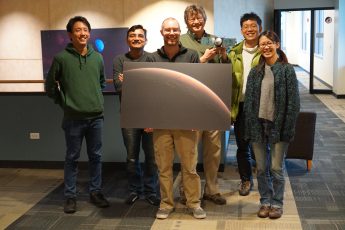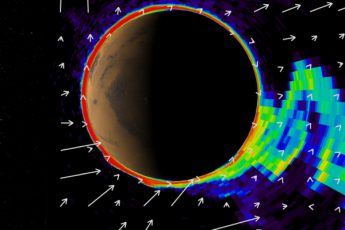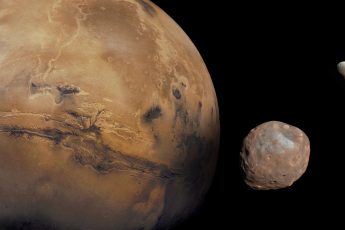Mars Aurora
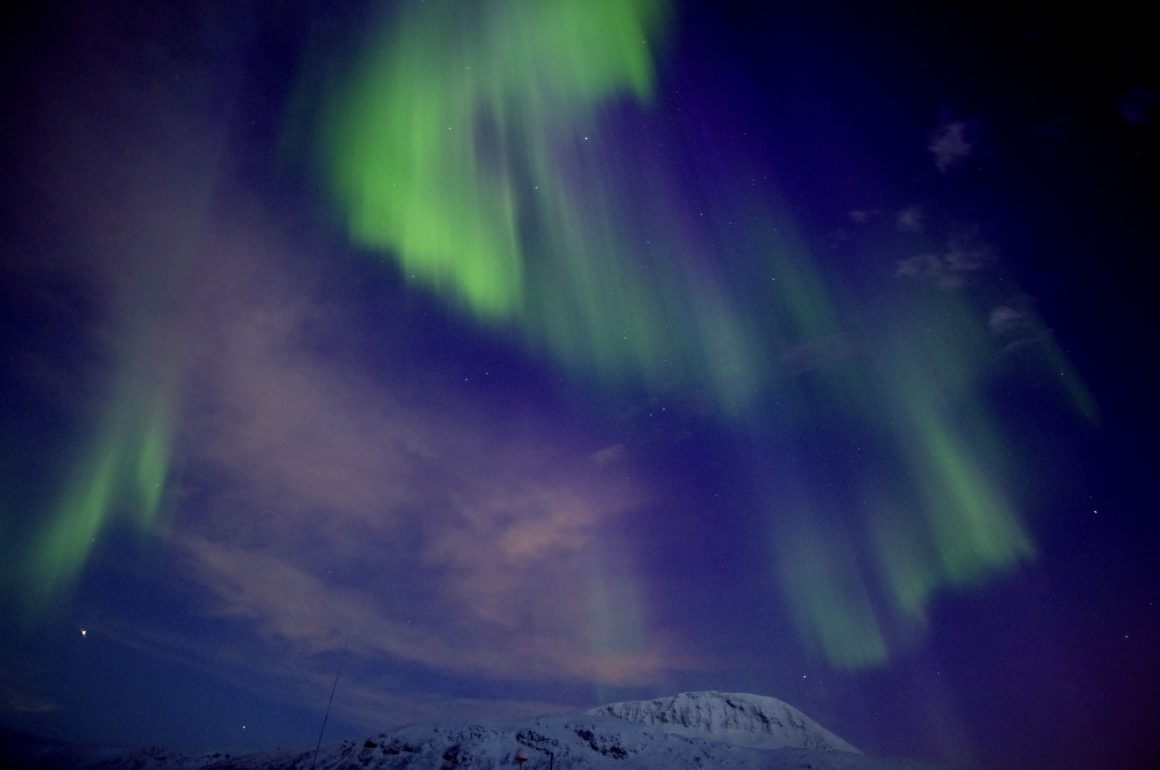
(*top picture of “Earth” aurorae taken by Prof. Hitoshi Fujiwara at Svalbard islands)
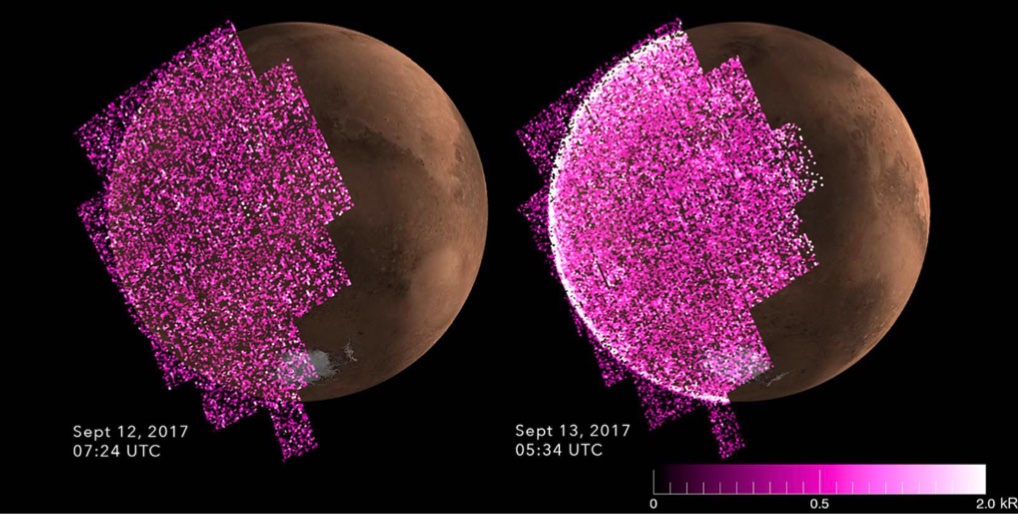
Fig1. Diffuse aurora on Mars to cover whole nightside disk when the solar energetic particle (SEP) encountering on Mars at the (left) start and (right) peak of the September 2017 [Schneider et al., GRL, 2018].
Have you ever seen the Martian aurora? The U.S. Mars MAVEN spacecraft recently discovered Mars’ unique aurora covering the entire night side of the planet (Schneider et al., GRL, 2018), and the latest Arab Mars EMM spacecraft has discovered many more types of Mars aurora (Lillis et al., GRL, 2022). Auroral images obtained by the latest spacecraft are freely available on the web and can be freely analyzed by people around the world (https://sdc.emiratesmarsmission.ae).
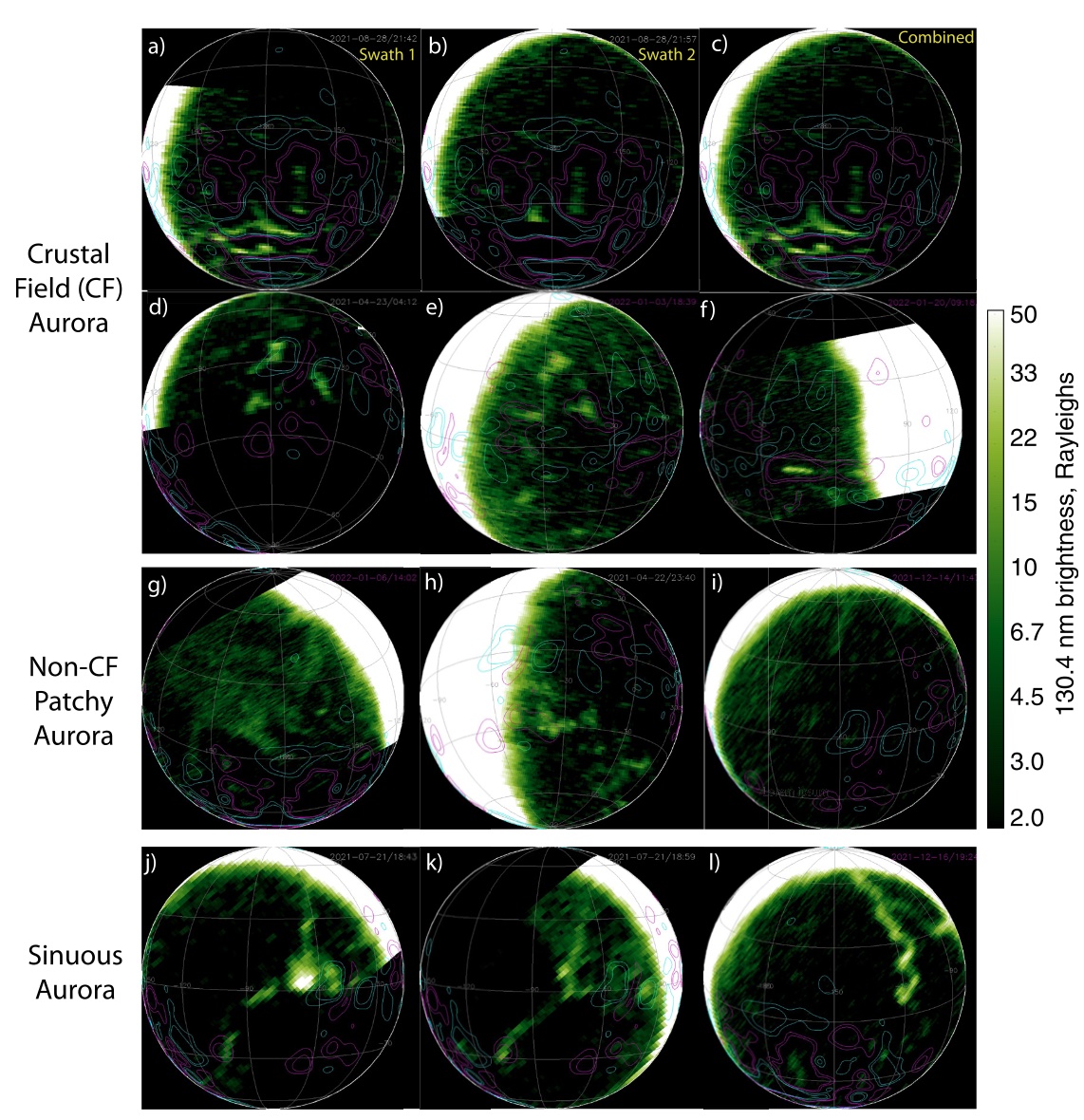
Fig2. New type of Mars aurora images of 130.4 nm emission [Lillis et al., GRL, 2022].
It is known that Mars does not have a strong intrinsic magnetic field like Earth. Auroras, on the other hand, have been thought to illuminate because of the plasma flow from the sun (solar wind), the intrinsic magnetic field , and the atmosphere. Thus, until their recent discovery by Mars Express and MAVEN, the Martian aurora had never been known to exist. Auroras are luminous phenomena that shine between space and the atmosphere, and have been an important subject of research as a clue to the changes in space around the Earth even before humans launched rockets. The Earth has an intrinsic magnetic field, and Mars has no intrinsic magnetic field. If we can understand the characteristics of each aurora, we can learn how the atmosphere of a planet interacts with the surrounding space environment. We can understand what role the intrinsic magnetic field plays in the environment for life. Monitoring radiation exposure and communication failures via the Martian aurora (space weather on a non-magnetized planet) is very important for the near-future planned human exploration of Mars, and the importance of Mars aurora observations will be discussed in the final report of the Mission Definition Team.
Our group has started to develop an auroral camera for a European mission to Mars being considered for the 2030s: the M-MATISSE proposed for ESA’s M-class mission. All conventional auroral instruments are focusing on the ultraviolet wavelength range. However, recent new discoveries of green airglow and numerical model calculations by our group predict that the bright green aurora that we often see on Earth is also emitting on Mars. We would like to mount a small, lightweight, and highly sensitive visible auroral camera on a Mars spacecraft to successfully image the beautiful green aurora of Mars for the first time in the world and send it back to Earth.
Hiromu Nakagawa



